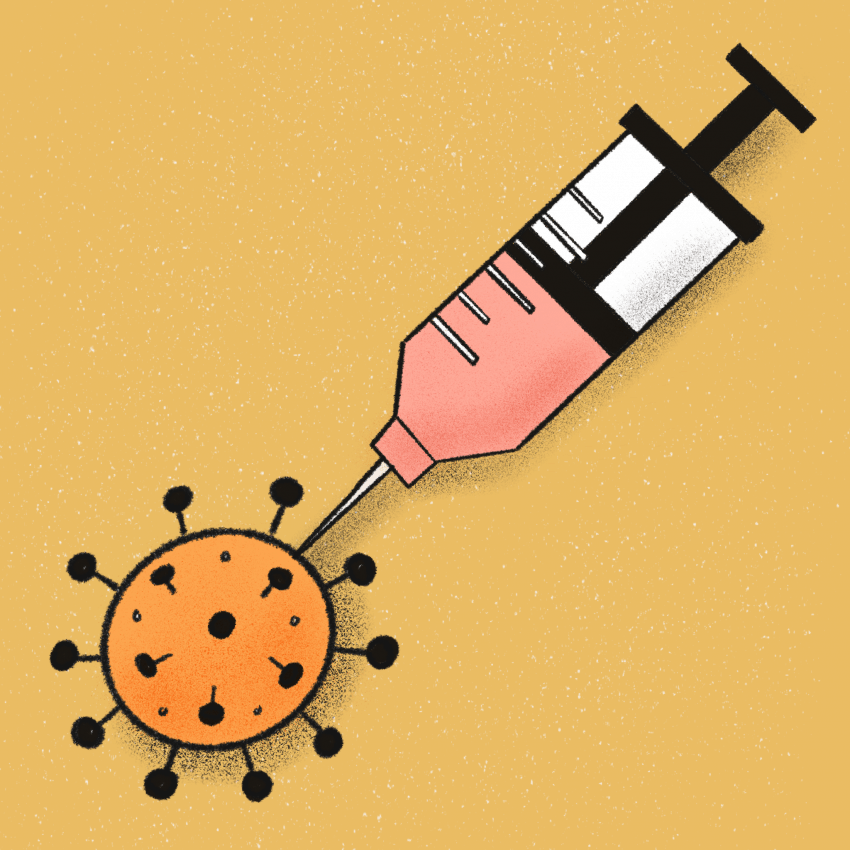
Human trials will soon be underway for Saskatoon’s COVID-19 vaccine.
On Nov. 12, the Vaccine and Infectious Disease Organization-International Vaccine Centre Community Liaison Committee held its online biennial community meeting to discuss the COVID-19 vaccine development.
The team is currently “clearing the last hurdle” in their animal testing, says Dr. Volker Gerdts, VIDO-InterVac Director and CEO, who gave a presentation at the meeting and answered questions from the public.
“This is now demonstrating that in animals, the vaccine is completely safe,” Gerdts said. “We’re meeting with the health regulators … and hoping to get the permission to start our clinical trials in December.”
The clinical trials will take place in various sites across the country to allow for more individuals to participate, Gerdts says. VIDO-InterVac will be assessing whether a site in Saskatoon is possible, so there may be a chance for Saskatoon residents to partake in the trials.
When questioned further on when Saskatoonians can expect to sign up for the clinical trials, Gerdts said, “Phone me in three months.”
There will be three phases of trials once the vaccine enters human clinical testing. Phase one will focus on the safety of the vaccine, phase two will be looking further into the safety of it through immune response, and phase three will be on volunteers.
Aside from developing a vaccine, VIDO-InterVac has also been a “go-to place” in Canada for COVID-19 research. According to Gerdts, they are doing contract work with more than 70 organizations; half of these are Canadian companies while the other half are international.
During the question-and-answer portion of the meeting, Gerdts says that it is great to see the international co-operation happening for COVID-19 research.
“One center in the world does something and immediately within a week turnaround time, the data becomes available to everybody else in the world,” Gerdts said. “It’s quite amazing.”
But despite the fast scientific response to the ongoing pandemic, there is still much at risk.
“COVID-19 is teaching us that even if we shrink vaccine development from traditional 10 to 15 years down to one to two years, we’re still lagging behind,” Gerdts said. “We’re still losing people every day. There’s thousands of people that have died from this disease.”
To be prepared for future viruses, VIDO-InterVac is also developing vaccines to use for pathogens before recognizing what they may evolve to.
“We want to have a vaccine … already stockpiled somewhere so that when a new disease emerges, you would have a vaccine ready, potentially in an airplane within six hours and on its way to Wuhan, or wherever it originated,” Gerdts said.
He says that knowing what potential virus or pathogens will look like is possible through structural neurology, bioinformatics and artificial intelligence.These fields can help with understanding how viruses interact with cell systems and anticipating what they may look like.
“We can now start to predict what the next virus or the next pathogen may look like in the future, where these mutations may occur, and [in] what regions of the virus, and how it would affect how the virus interacts with the cell surface and so on,” Gerdts said.
“That’s how our vision is going to be for the future.”
—
J.C. Balicanta Narag | Editor-in-Chief
Graphic: Anh Phan | Design Editor